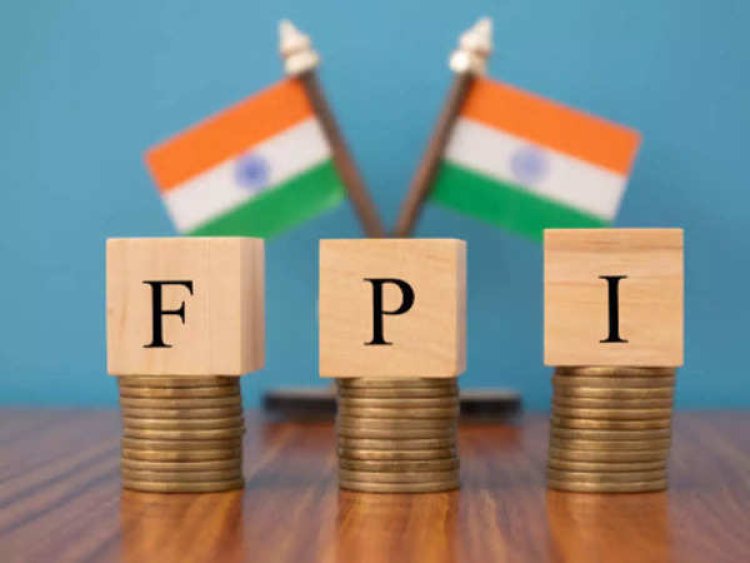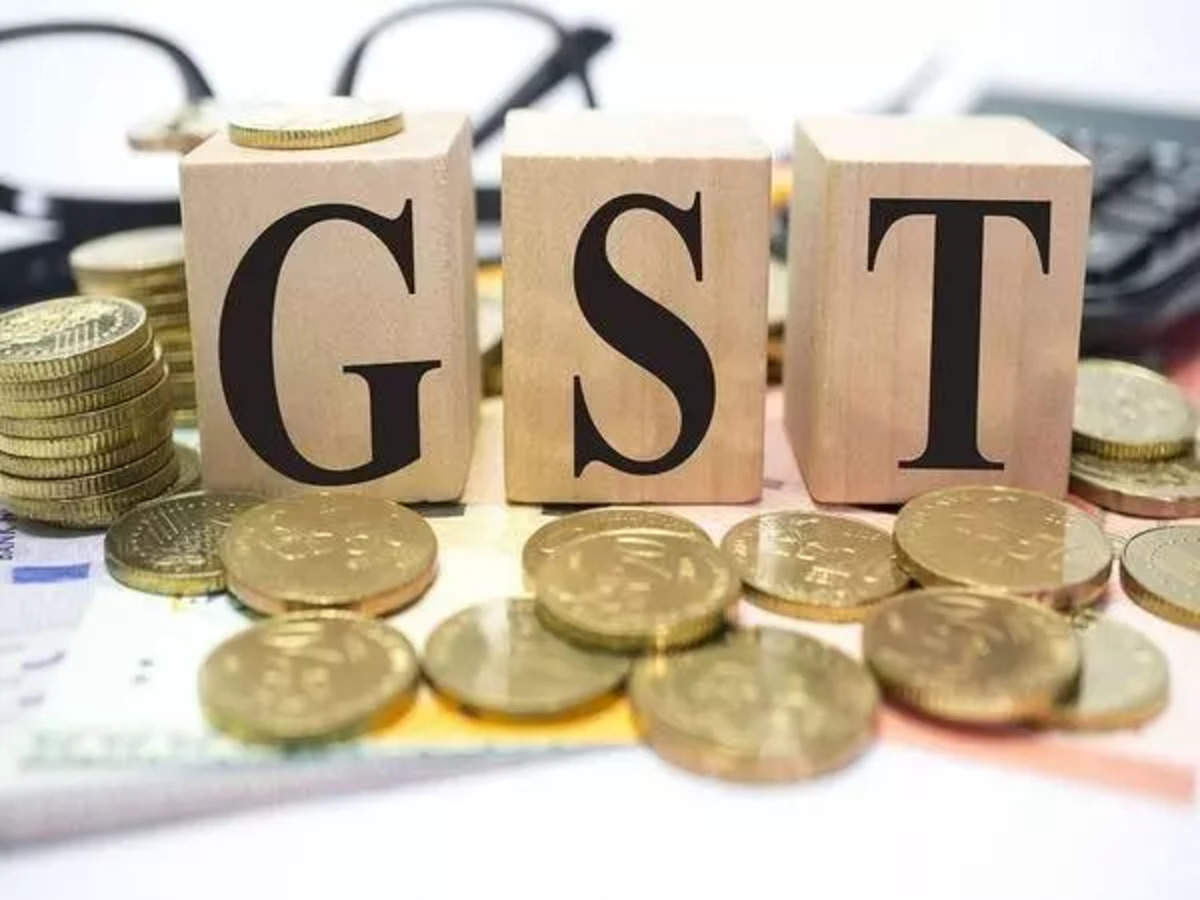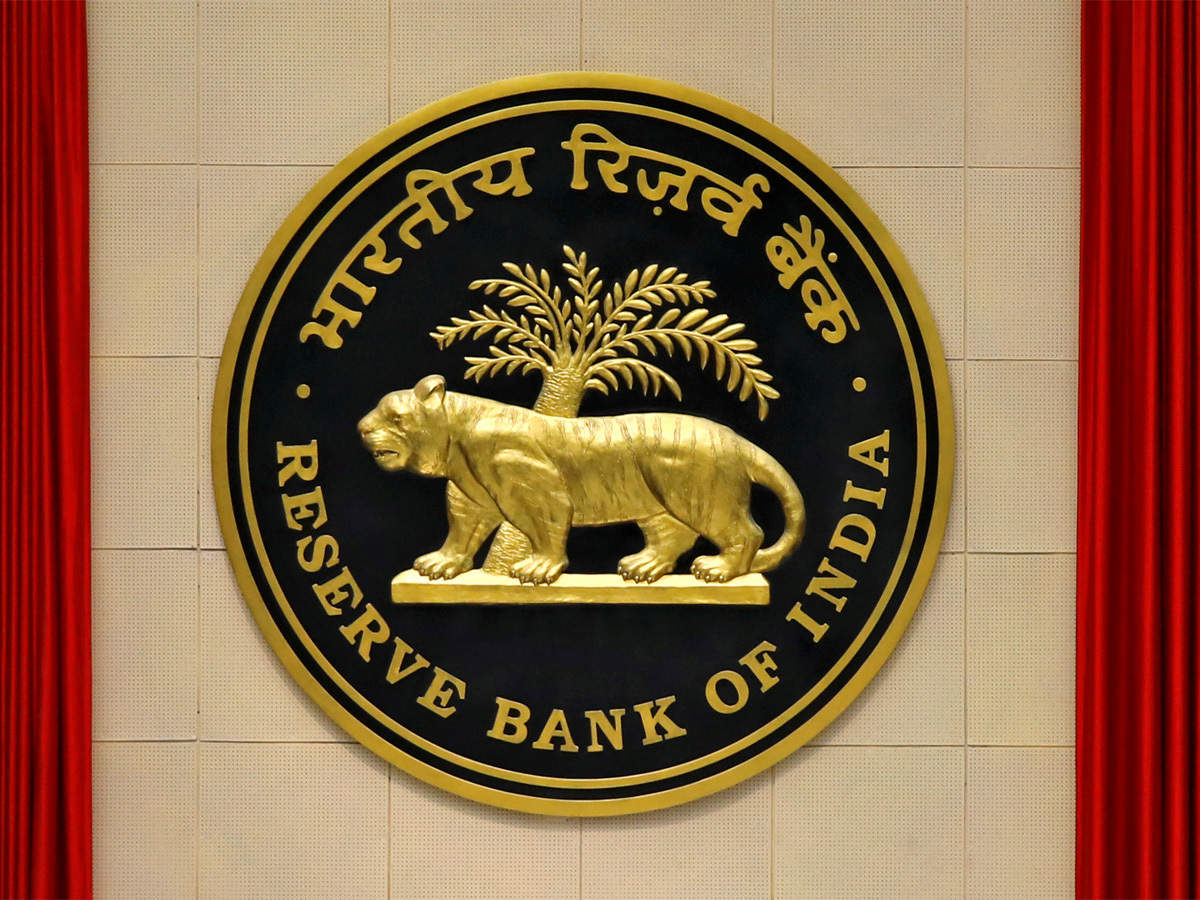The foreign portfolio investor (FPI) inflow into Indian equities peaked at 47,148 crore in June and 76,407 crore in the first half of 2023.
In June, FPIs bought 47,148 crore in Indian shares, the most in 2023. FPIs have net bought Indian stocks for four months. The country's strengthening macroeconomic fundamentals may have sustained buying.

By 2023, June will have the highest FPI inows of any month. Foreign portfolio investors (FPIs) bought a record $47.148 billion worth of Indian stocks in June. For the fourth month in a row, foreign institutional investors are expected to close the month as net buyers of domestic equities. The total amount invested by FPIs so far this year is 76,407 crore. Possible catalysts for the prolonged buying activity include the country's strengthening macros. The Sensex and the Nifty 50 both reached all-time highs in June, with a value of 64,768.58 and 19,201.70, respectively.
According to the NSDL, foreign portfolio investors put $47.148 billion into Indian stocks in June. Investors have a significantly higher preference for stocks than they do for other market products.
Stocks backed by the Adani Group, Shriram Finance, Delhivery, HDFC AMC, Timken India, and Kalyan Jewelers were among those involved in large block trades during the reviewed month.
The Sensex index has soared this month, increasing by 2,171.45 points, or 3.47%. In contrast, the Nifty 50 index has soared by 654.95 points, or 3.53%. Foreign portfolio investors put $43.8 billion into Indian shares in May 2023. However, foreign portfolio investors were net sellers in June of last year, with a total outow of 50,203 crore. In the first six months of 2023, from January to June, foreign portfolio investors (FPIs) are net buys with an inow of 76,407 crore. Foreign direct investment (FPI) ows prompted by India's gradually improving macros have taken markets to new highs, according to Dr. V K Vijayakumar, Chief Investment Strategist at Geojit Financial Services. The shift in FPI strategy is the primary factor maintaining FPI ows into India. Vijayakumar claims that the opening up of China following Covid and hopes for a development and earnings comeback in China caused significant ows to China in January and February of 2023. 'Sell India, Buy China' was the mantra of the foreign-investment-community (FIC). The total amount of foreign direct investment (FDI) into India in January and February was 34146 crore, a loss. The belief that China is a low-cost option and India is a high-priced one informed this strategy.
The idea failed because China's prospects dimmed while India's brightened. The Chinese economy is weak, and development will be slow for many years," he continued. Vijayakumar added, "India's macros are progressively improving, and GDP and corporate earnings growth have the ability to rise further from here. Financial institutions have changed their approach to "Buy India, Sell China."
For this reason, according to Vijayakumar, "FPI money is chasing performance and prospects." He disclosed that foreign portfolio investors (FPIs) were maintaining their stock purchases in the nancials, cars, capital goods, and construction industries. In addition, FPIs were net buyers of debt in the market with an inow of 9,178 crore in other market instruments in June 2023, while investing a paltry 173 crore in hybrid and a net 242 crore in debt-VRR pool. Foreign portfolio investors (FPIs) poured $56.258 billion (or 56,258 crore) into various sectors of the Indian economy in the month of June. Investors' enthusiasm for buying stocks drove this result. Overall, the 2023 market has seen an inow of 93,349 crore from FPIs between January and June. Now, Vijayakumar added, "Valuations in India are wealthy, from a short-term perspective. Because of this, Foreign Portfolio Investors are expected to become more cautious in their investment approach to India.
Read Also : Why Should You Invest Your Money in Index Funds?













.jpeg?updatedAt=1701266483633)
.jpg?updatedAt=1699725479734)




